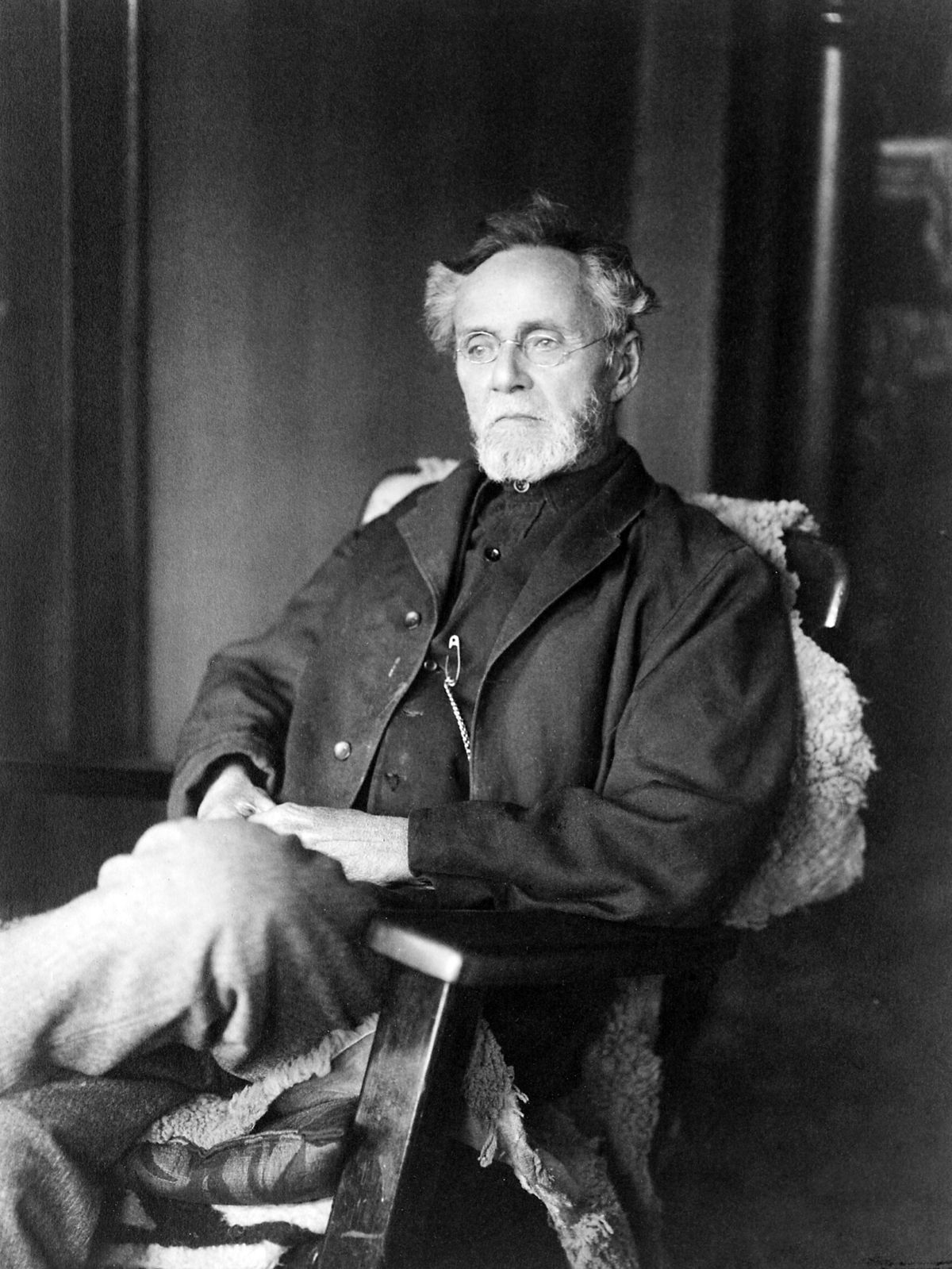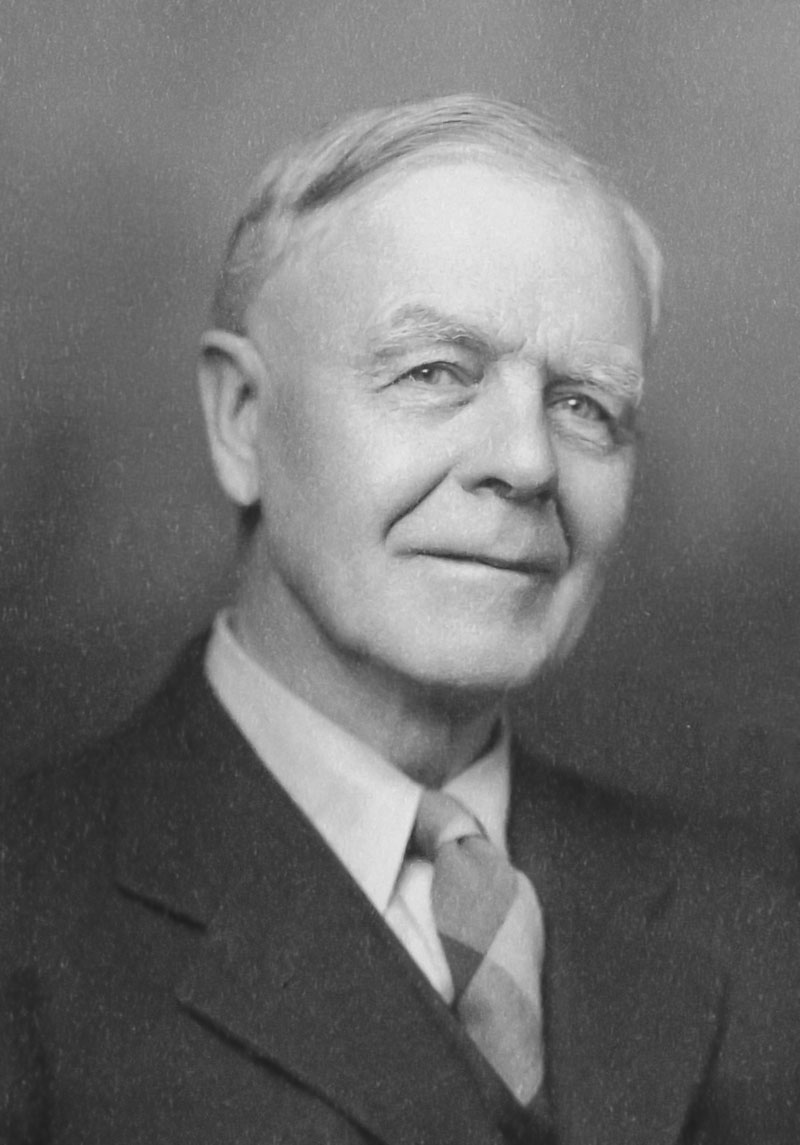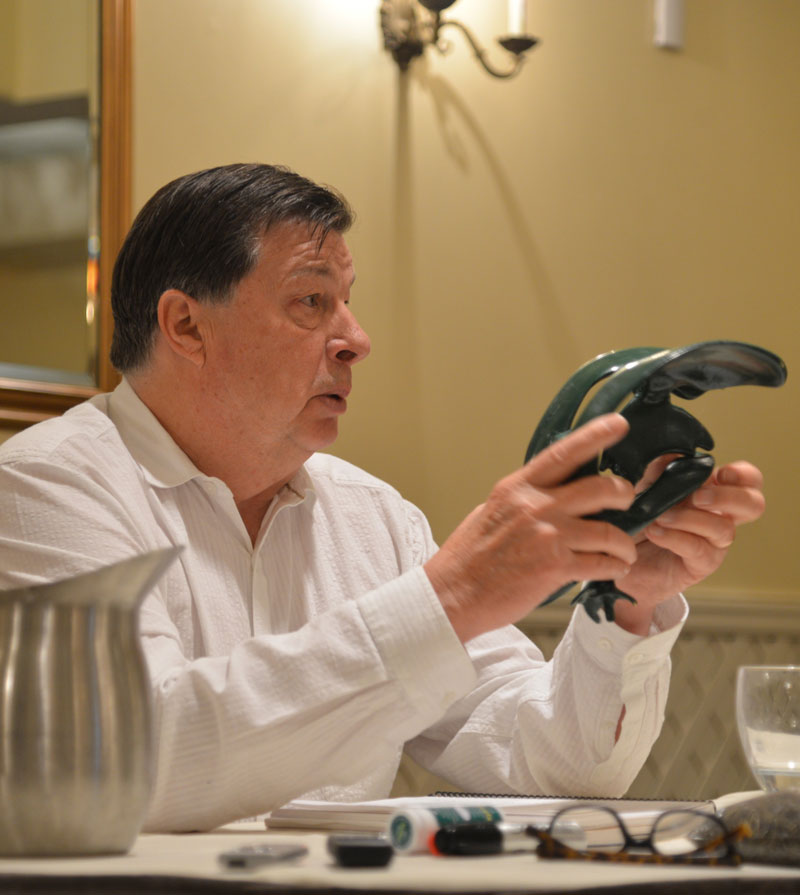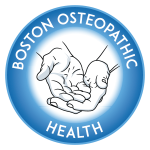Osteopathy
Osteopathy and OMT
In 1874, Andrew Taylor Still, MD, (1828-1917) discovered that health can be realized only when all of the tissues and cells of the body function together in harmonious motion. He named his innovative approach to restoring health “osteopathy.” He understood that the human body is composed of many parts, all intimately related as a functional whole. More than a hundred years ago, Dr. Still realized that human beings are more than just a physical body. He envisioned a totally new medical system that acknowledges the relationships of the body, mind, emotions, and spirit. As a physician living on the Missouri frontier, Dr. Still researched and developed osteopathy. He discovered that he had the ability to put his hands on patients, change their physiology and restore health. He developed a very practical way of treating people using his hands.
In the late 1800s none of today’s miracle drugs, such as antibiotics, were available. Out of necessity, Dr. Still looked first to nature’s own ability to heal and found a way to access this healing ability in the body. Still saw this self-correcting potential as a cornerstone of his osteopathic philosophy.
Today, osteopathic physicians continue to use their hands to treat their patients in the same tradition. Osteopathic manipulative treatment, or OMT, is hands-on care. It involves using the hands to diagnose, treat, and prevent illness or injury. When combined with appropriate use of present day medical therapeutics, osteopathy offers a profound contribution to medicine.
Using OMT, your osteopathic physician (DO) will move your muscles and joints using techniques including stretching, gentle pressure and resistance. When appropriate, OMT can complement – and even replace – drugs or surgery. In this way, OMT brings an important dimension to standard medical care.
Click here for more information about Osteopathy and OMT.

Andrew Taylor Still, MD
Osteopathic History
Osteopathic Medicine is based upon a science of healing discovered by Andrew Taylor Still, MD in 1874. Dr. Still based this new science upon an absolute faith in a human beings innate capacity for self healing and a belief that if the osteopath could remove the obstructions in the system, nature would provide the healing. It was his view that what we call disease is really just an effect of an abnormality or imbalance within a person’s body. “Disease in an abnormal body is just as natural as is Health when all the parts are in place.”
Osteopathic Profession
Osteopathic training includes the study of all branches of medicine and surgery, as well as up to 500 hours of additional training in manual diagnosis and treatment. Today, there are more than 50,000 osteopathic physicians in the United States whose practices cover the entire range of specialties, such as emergency medicine, neurosurgery, cardiology, and psychiatry. More than 65% of DO’s choose primary care specialties, such as family practice, internal medicine, obstetrics, and pediatrics, as opposed to only 25% of MD’s.
Osteopathic Manipulative Medicine
A DO can also specialize in Osteopathic Manipulative Medicine (OMM) for which Board Certification became available in 1990. All DO’s are required to attend and document 50 hours of continuing medical education credits each year. For specialists in OMM, advanced training is offered by various organizations within the profession.

William Garner Sutherland, DO
Cranial Osteopathy
William Garner Sutherland, DO (1873-1954), discovered, developed and taught Cranial Osteopathy in the early to mid 1900s. He was the first to perceive a subtle yet palpable movement within the bones of the cranium, and went on to discover the continuity of this rhythmic fluid movement throughout all tissues of the body.
As the lungs breathe and the heart beats with an alternating expansion and contraction motion, the central nervous system also has its own involuntary rhythmic motion. Dr. Sutherland called this inherent activity the Primary Respiratory Mechanism because it seemed to have a respiratory-like motion, with “inhalation” and “exhalation” phases. The hands of a skilled osteopathic physician connect directly with this primary respiratory mechanism to initiate a therapeutic response. Primary respiration is the guiding principle; it is the inherent intelligence within. This primary respiratory motion actually expresses itself through every cell of the body, influencing all body functions. Physicians trained in cranial osteopathy can place their hands on any part of the patient to perceive and influence this important mechanism.
Click here for more information about Cranial Osteopathy.
Biodynamic Model
The Biodynamic View of Osteopathy in the Cranial Field was developed by James Jealous, DO, a general practitioner of traditional osteopathy in northern Maine. After decades of study and practice, Dr. Jealous’s devotion to osteopathic principles and practice inspired him to share his insights with the osteopathic profession, as Dr. Still and Dr. Sutherland had encouraged their students to do. Dr. Jealous also felt a responsibility to help the osteopathic profession recover some of the great discoveries and mysteries revealed over its first 150 years that were being lost in recent generations.
Dr. Jealous’s explorations of the osteopathic and physical sciences, lead him to the work of an embryologist, Erich Blechschmidt, MD. In his writings, Dr Blechschmidt reflected a very holistic view of the process of growth and development. His research revealed that motion was more important than biochemistry in embryologic development, a concept very much in keeping with traditional osteopathic thought. In fact, he defined a cell as a “momentary aspect of spatially ordered metabolic movement”. He also expressed an appreciation for the inherent Intelligence in the embryologic process, just as Dr. Still had spoken of a “higher wisdom” at work within the living human being and Dr. Sutherland had spoken of the “Breath of Life”. Dr. Blechschmidt observed that the fluid fields involved in embryologic development never missed the prescribed timing and intersections of their biology.
In a stunning display of insight and intuition, Dr. Jealous recognized the parallels between Dr. Blechschmidt’s work and the work of Dr. Still and Dr. Sutherland. He saw that embryology provided a foundation, not only for our understanding of anatomy and physiology, but also for our understanding of osteopathic principles. More importantly, he observed that the forces of embryologic development did not cease functioning at birth, but were maintained throughout our lives as the forces of growth and development, as well as those involved in the healing processes. This insight provides the osteopath with a coherent road map to meeting our primary obligation as physicians which, according to Dr. Still, is to find the Health within our patients.
This Biodynamic model offers the physician not only a deeper understanding of the living human being’s physiology, but also a broader range of therapeutic options. The Biodynamic curriculum is designed to explore the limits of Primary Respiration as a therapeutic process.
No technique is taught other than full cooperation with the living mechanism and its intention in the moment. Much attention is also devoted to enhancing the practitioner’s perceptual skills, such as learning to sense rather than palpate and to refining our awareness of perceptual boundaries. The goal in Biodynamic training is to come, as fully as possible, to appreciate in principle and in practice, that it is the Breath of Life that connects us, and all of life, directly with the Creator.
Click Here for more information about the Biodynamic Model.

James Jealous, DO
Conditions commonly treated with OMT include:

Dental
Orthodontic Problems, TemporoMandibular Joint Syndrome, Malocclusion, Advanced Lightwire Functional Appliance (ALF) dental appliance combination treatment

Digestive
Constipation, Irritable Bowel Syndrome, Nausea, Diarrhea, Inflammatory Bowel Disease

Ear, Nose, and Throat
Chronic Ear Infections, Chronic Tonsillitis, Sinusitis, Throat Pain, Tinnitus

Genetic
Congenital Malformations, Down Syndrome

Genitourinary
Bedwetting, Prostatitis, Urinary Incontinence

Neurological
Dizziness and Vertigo, Head Trauma, Migraine Headaches, Post Concussion Syndrome, Post-MVA Inertial Injury [Whiplash], Seizures, Visual Disturbances, Dementia, Parkinsons Disease

Orthopedic
Kyphosis, Lordosis, Postural Imbalances, Scoliosis

Pediatric
ADD, ADHD, Autism, Behavioral Problems, Cerebral Palsy, Colic, Developmental Delays, Failure to Thrive, Learning Disorders, Otitis Media [ear infections], Plagiocephaly [misshaped head], Spitting Up, Strabismus [Crossed-Eyes or Lazy Eye], Sucking Difficulties

Pregnancy
Back Pain, Groin Pain, Varicose Veins, Prevention of Labor Problems

Psychiatric
Anxiety, Depression, Post Traumatic Stress Disorder, Sleep Disturbances

Respiratory
Allergies, Asthma, Bronchitis, Frequent Colds, Recurrent Sore Throats

Somatic
Osteoarthritis, Fibromyalgia, Joint or Muscular Pain

Complex Conditions
Multiple Chemical Sensitivity, Chronic Tick-borne Illnesses, Complex Regional Pain Syndrome (Reflex Sympathetic Dystrophy), Mast Cell Activation Disorders, Autoimmune Illness
